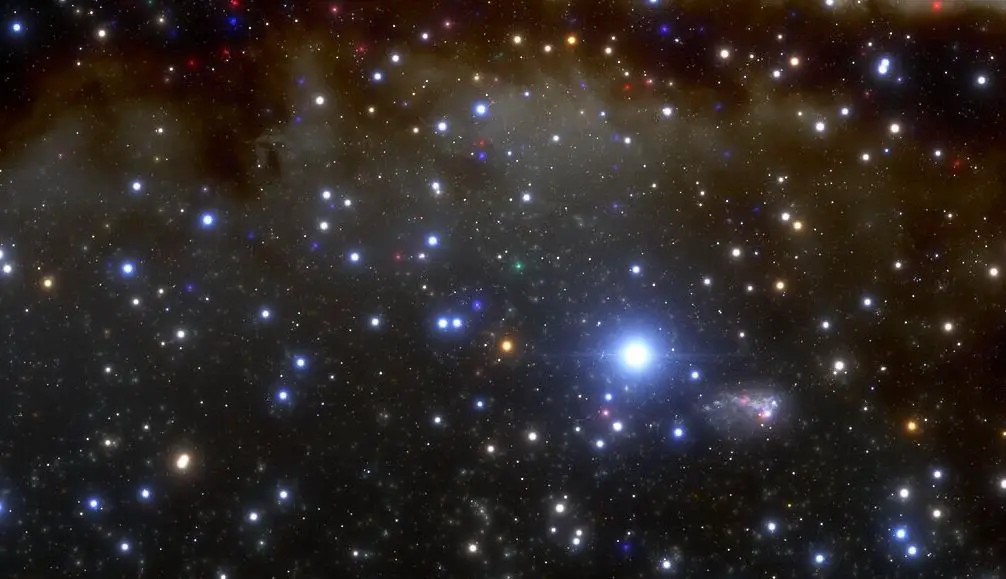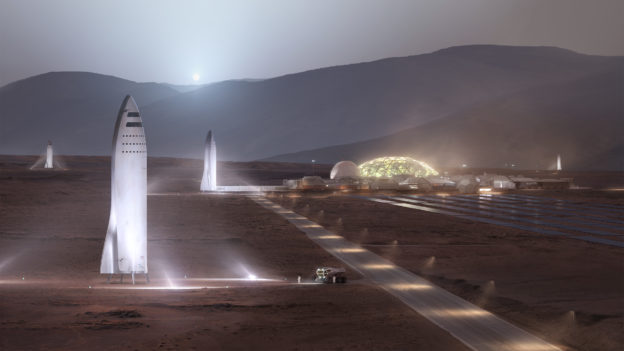Earth is the only planet we know of to have continents so far.
Exactly how they formed and evolved is unclear, but we do know—because continental margins that are thousands of miles apart are aligned, long ago, Earth’s landmasses were concentrated on one giant continent.
Since this is not what the Earth looks like today, something must have triggered the split of that supercontinent. Now, we have new evidence that giant meteorite impacts played a major role.
Conclusive evidence is made up of crystals of the zircon mineral, which was excavated from a craton in Western Australia, a crust that has been stable for over a billion years.
Known as the “Pilbara Craton,” it is the best-preserved chunk of crust on Earth, and its zircon crystals contain evidence of ancient meteorite impacts prior to the breakup of continents.
Curtin University geologist Tim Johnson explained:
“In Australia, studying the composition of oxygen isotopes in these zircon crystals has revealed a top-down process, starting with melting of rock near the surface and working its way deeper, in contrast to giant zircon crystals. The geological effects of meteorite impacts are consistent.”
“Our study provides the first solid evidence that the process that eventually formed the continents began with a giant meteorite impact similar to those that led to the extinction of the dinosaurs, but occurred billions of years ago.”
The work was carried out on 26 rock samples containing fragments of zircon, which were between 360 and 290 million years old.
The team carefully analyzed the isotopes of oxygen; specifically, the ratio of oxygen-18 and oxygen-16, which have 10 and 8 neutrons, respectively. These ratios are used in paleogeology to determine the formation temperatures at which isotopic rocks are found.
Based on these ratios, the team was able to distinguish three different fundamental stages of Pilbara craton formation and evolution.
The first stage is the formation of most of the zircon, which coincides with the partial melting of the crust. This partial melting is likely the result of bombardment by meteorites, which heated the planet’s crust on impact, the researchers said.
According to the team, the oldest clusters of these zircon were the result of a giant impact that led to the formation of the cratons.
The second stage is the period of reprocessing and stabilization of the crustal core, followed by the third stage – the period of melting and granite formation. This stable core will evolve into today’s continents much later, just like the cratons found on other continents of the world.
However, many meteorites have struck Earth in the past eons, far more numerous than continents. Only the biggest impacts can generate enough heat to form cratons, which appear to be twice as thick as the surrounding lithosphere.
“These findings are consistent with previously proposed models of craton formation around the world, which constitute the strongest evidence for the theory,” the researchers said.
However, this is only one of about 35 known cratons. To make the evidence even stronger, the team needs to compare their results with more samples from other cratons to see if their model holds up globally.
“Data related to other ancient continental crustal regions on Earth appear to show a similar pattern to Western Australia. We wanted to test our findings on these ancient rocks to see if our model was more broadly applicable than we suspected. ” Johnson said.




